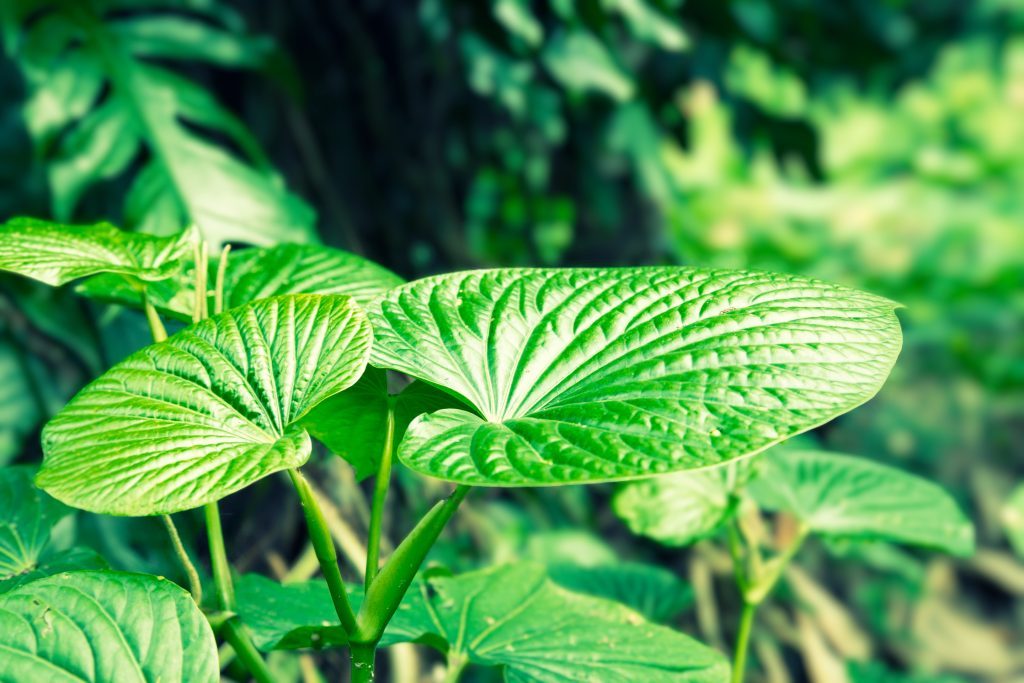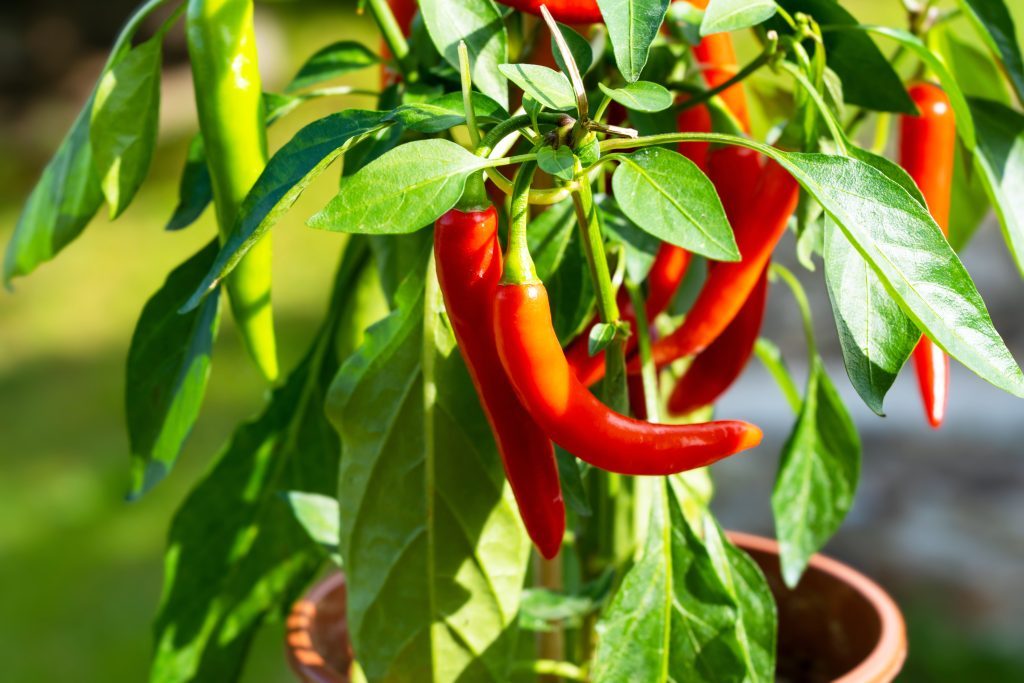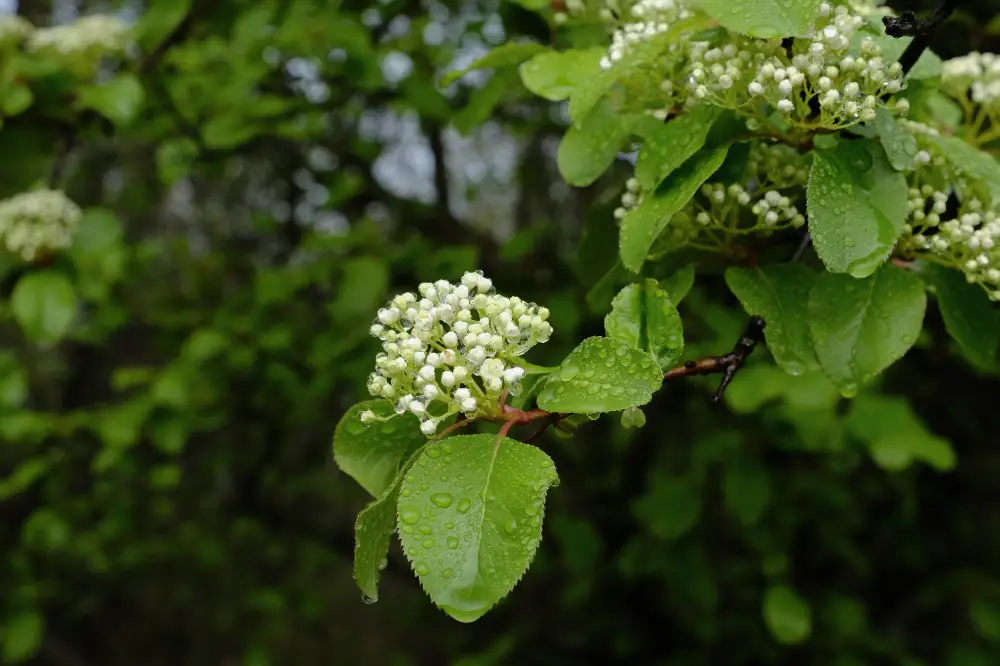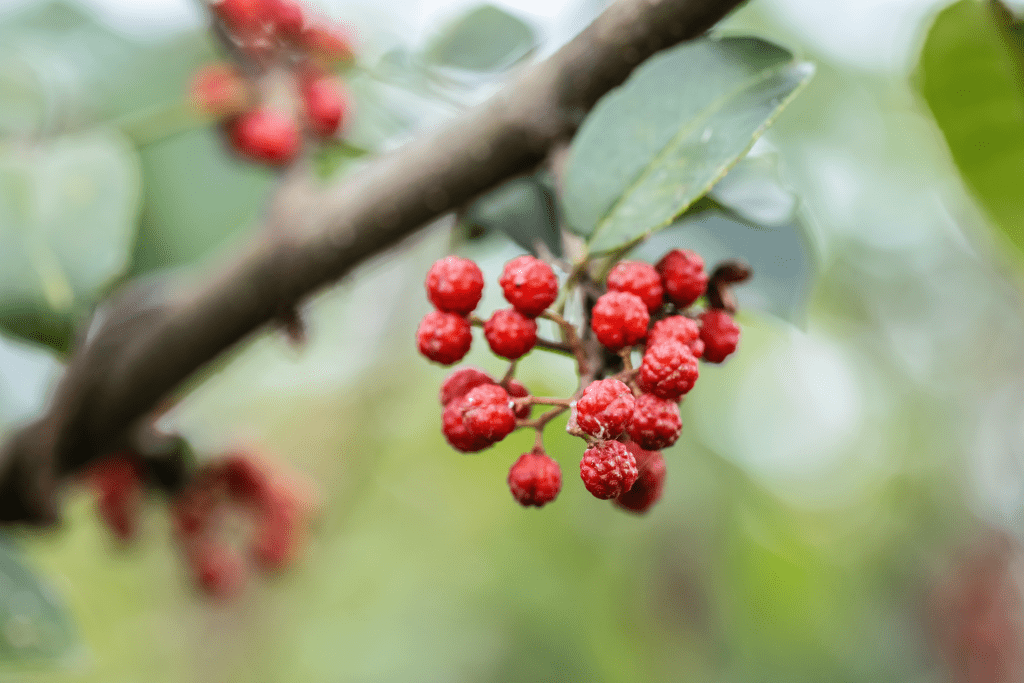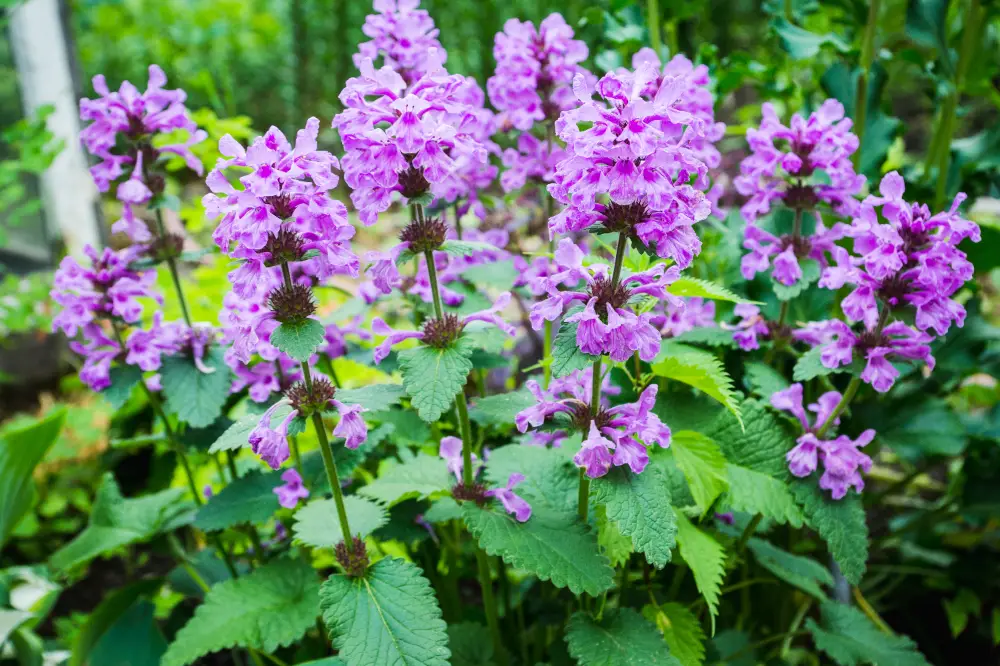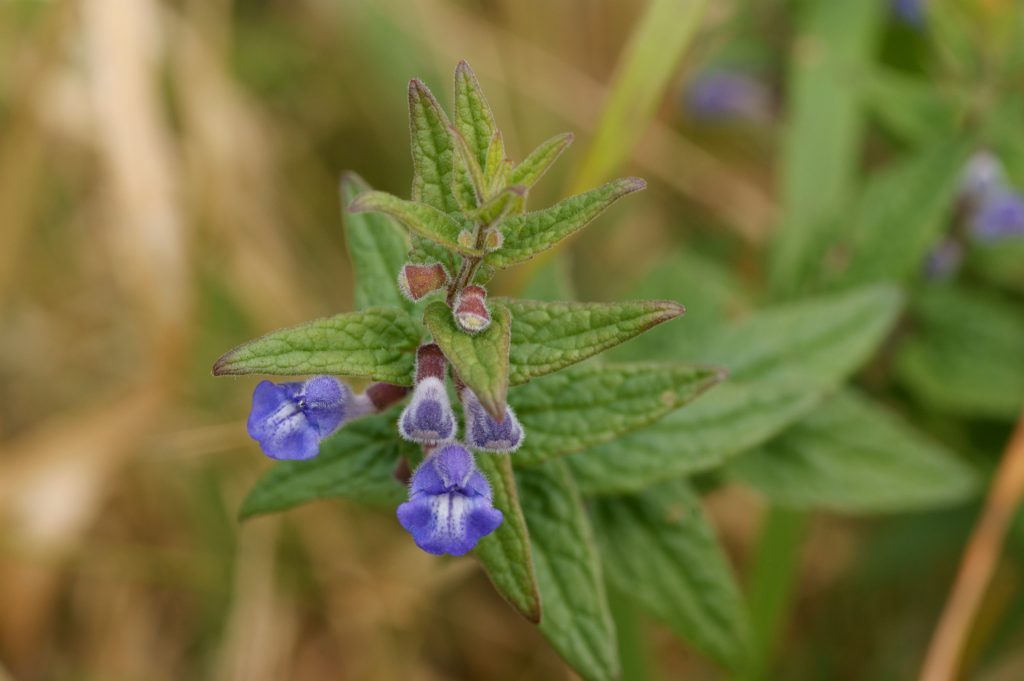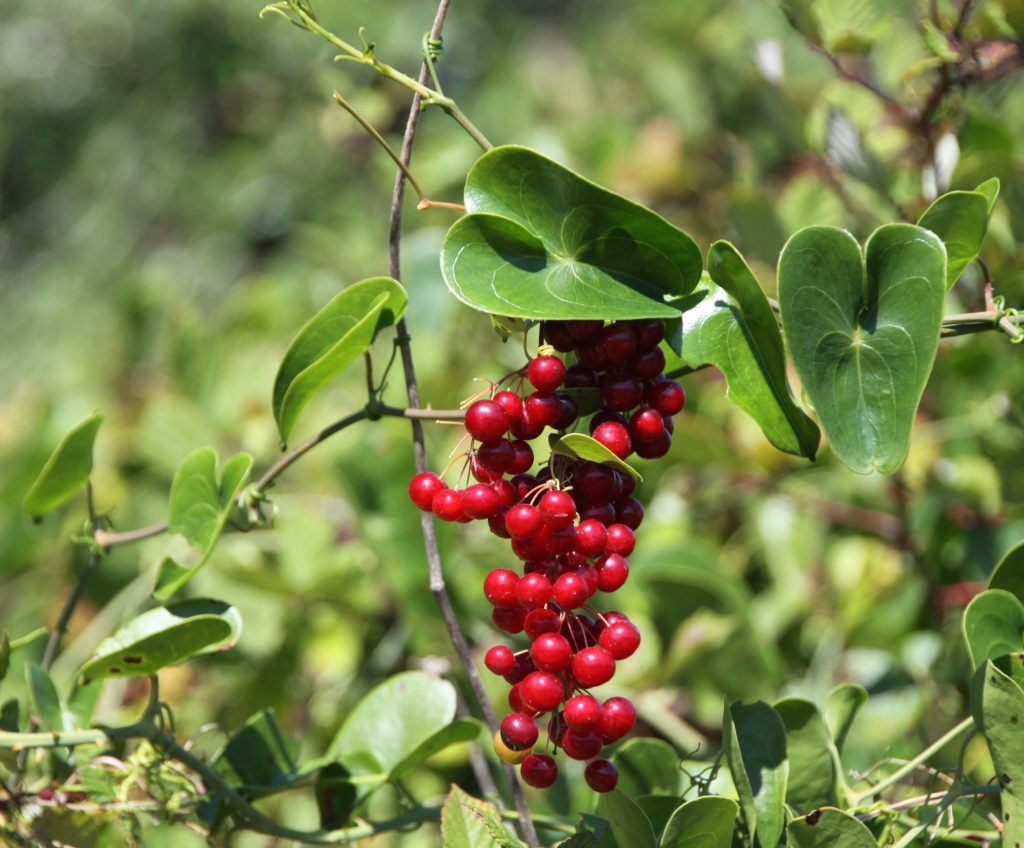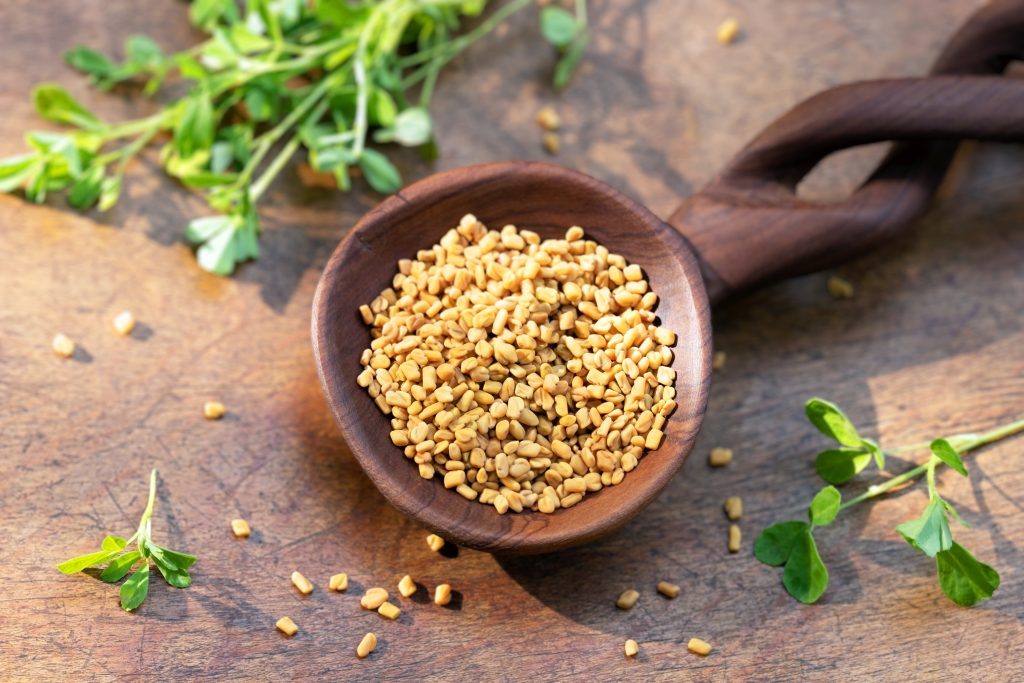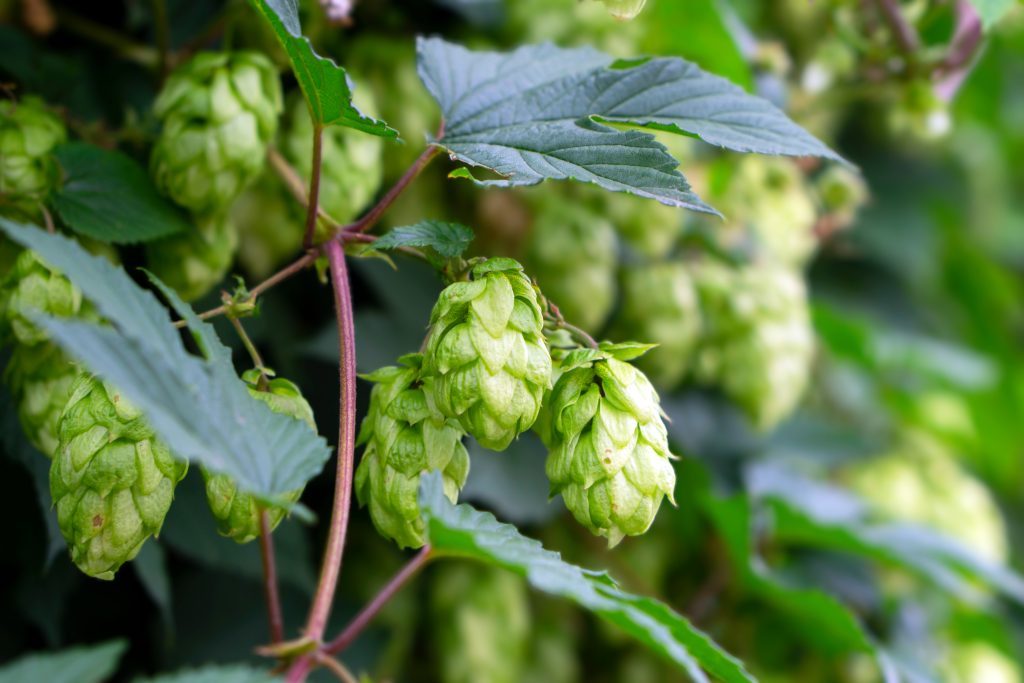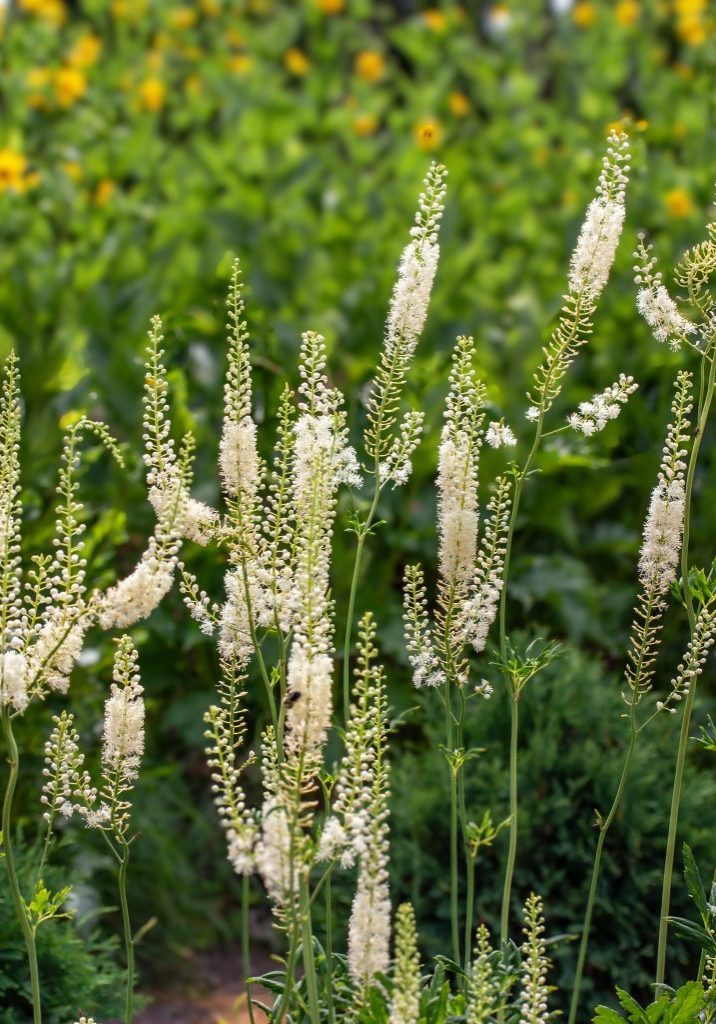
Blue Cohosh
Caulophllum thalictroides
Berberidaceae (Barberry Family)
Known for its use in women’s health, particularly in labor induction and menstrual regulation.
Other names:
Papoose Root, Blue Ginseng, Beadleaf.
Superpower
Blue Cohosh’s ability to support labor and childbirth, acting as a natural uterine tonic and antispasmodic.
Uses
- Labor Induction and Childbirth Support:
- Blue Cohosh has been used for centuries by Native American women and midwives to help induce labor, facilitate childbirth, and ease labor pains with its antispasmodic action. It acts as a uterine stimulant and tonic, believed to help regulate uterine contractions and reduce labor duration by strengthening muscle contractions (positive inotropic effect) and slowing down (negative chronotropic effect). In traditional herbal practices, it was often used during the last weeks of pregnancy to prepare the uterus for labor
- Menstrual Health:
- Blue Cohosh has been traditionally used to regulate the menstrual cycle and relieve menstrual cramps. Its antispasmodic properties help ease uterine spasms, making it a popular remedy for dysmenorrhea (painful periods) and other menstrual irregularities.
- Treating Uterine and Ovarian Pain:
- Beyond its use during childbirth, Blue Cohosh has been used to address general uterine and ovarian discomfort, particularly in cases of pelvic inflammatory conditions. Its ability to relax smooth muscles has made it useful in alleviating pain and tension in the reproductive system when uterine weakness and loss of tone is present due to chronic inflammation (e.g. cervicitis, chronic PID, endometriosis, dysmenorrhea, amenorrhea, ovarian pain and/or inflammation, irregular menses, infertility, and threatened misscarriage).
- Arthritis and Rheumatism:
- Traditionally, Blue Cohosh has also been used to treat arthritis and rheumatic pain. Its anti-inflammatory and muscle-relaxing properties helped relieve joint pain and swelling, particularly in cases of inflammatory conditions(
- Digestive Support:
- Some traditional uses include the application of Blue Cohosh as a digestive aid to address indigestion and stimulate appetite, though its primary historical focus has been on reproductive health.
Cautions
- Pregnancy (Early Stages):
- Blue Cohosh should not be used during early pregnancy due to its ability to stimulate uterine contractions, which can lead to miscarriage or preterm labor. It is traditionally used only under professional supervision toward the end of pregnancy to support labor.
- Hypertension (High Blood Pressure):
- This herb can raise blood pressure, making it potentially dangerous for individuals with hypertension or other cardiovascular issues.
- Heart Conditions:
- Due to its potential to cause cardiotoxicity, especially in high doses or prolonged use, Blue Cohosh should be avoided by individuals with heart conditions.
- Diabetes:
- Blue Cohosh may affect blood sugar levels, so individuals with diabetes or those taking blood sugar-lowering medications should use it cautiously.
- Liver or Kidney Disease:
- Individuals with liver or kidney conditions should avoid Blue Cohosh, as it may put additional strain on these organs, particularly with long-term use.
- Use in Children:
- Blue Cohosh is not recommended for use in children due to its strong medicinal effects and potential toxicity, especially concerning the cardiovascular system.
Known Chemical Constituents
- Alkaloids (Methylcytisine, N-Norcytisine, anagyrine, bapitfoline, magnoflorine)
- Saponins (Caulosaponin, Caulophyllosaponin)
- Triterpene Glycosides (Caulophyllin)
- Resins
- Flavonoids
- Fatty Acids
Botanical Description
Plant Type:
- Perennial Herb
Blue Cohosh is a perennial herb that typically grows to a height of 30–90 cm (1–3 feet). It is native to rich, deciduous woodlands in North America, thriving in shaded, moist environments.
Leaves:
- Large, Bluish-green, and Compound
The leaves are large, divided into three lobed leaflets, and have a bluish-green color, giving the plant its common name. The leaves are arranged alternately on the stem, with each leaflet having a slightly toothed edge.
Flowers:
- Small, Yellowish-green to Purple Flowers
The flowers are small and star-shaped, with six sepals and six petals, typically blooming in early spring (April to May). They appear in loose clusters at the tops of the stems. The flowers are either yellowish-green or purplish in color.
Fruit:
- Bluish-black Berries
After flowering, Blue Cohosh produces small, round, bluish-black berries resembling blueberries. These berries contain seeds but are not edible and can be toxic if ingested.
Root System:
- Thick, Knotted Rhizomes
The roots are thick, knotted rhizomes that run horizontally underground. The rhizome and roots are the parts most commonly harvested for medicinal use.
Stem:
- Smooth, Bluish-green Stem
The stem is smooth and often has a bluish tinge, similar to the leaves, adding to the plant’s blue-hued appearance.
Habitat:
- Moist, Rich Woodland Areas
Caulophyllum thalictroides is native to eastern North America and is typically found in shaded, moist, deciduous forests with rich soil.
Growth Habit:
- Erect, Clumping Growth
Blue Cohosh has an upright growth habit and tends to form clumps in its natural habitat, spreading slowly through its rhizome system.
Fun Facts
Named “blue” cohosh for its dark blue berries.
Parts Used
Root & Rhizome.
Harvest
Warm, dry.
Preparations
Tincture, infusion (tea), decoction, powder & capsules, poultice, and syrup.
Sacred Rituals
Blue Cohosh was traditionally used by several Native American tribes, including the Cherokee and Iroquois, as a sacred plant to aid women during childbirth. In these cultures, it was commonly referred to as “Papoose Root”, symbolizing its role in ensuring the safe delivery of babies.
Affirmations
“I embrace my natural strength and feminine power.”
Spiritual Associations
Blue Cohosh serves as a spiritual protector and guide for women, offering strength, stability, and balance during significant life phases.
Functions
A substance or agent that helps relieve or prevent involuntary muscle spasms, cramps, or contractions in smooth or skeletal muscles.
Easing LaborThe use of substances, practices, or techniques to support and facilitate the birthing process by reducing discomfort, promoting relaxation, and assisting uterine efficiency.
Menstrual HealthMenstrual health refers to the overall well-being and proper functioning of the menstrual cycle, including hormonal balance, cycle regularity, and the absence of significant pain or discomfort.
ParturifacientA substance that induces or accelerates labor by stimulating uterine contractions, aiding in childbirth.
Rheumatism TreatmentRefers to interventions or substances that reduce inflammation, pain, and stiffness associated with rheumatic conditions, such as arthritis and joint disorders.
Uterine tonicA substance that nourishes, strengthens, and supports the healthy functioning of the uterus, helping to maintain or restore its optimal tone and overall reproductive health.

